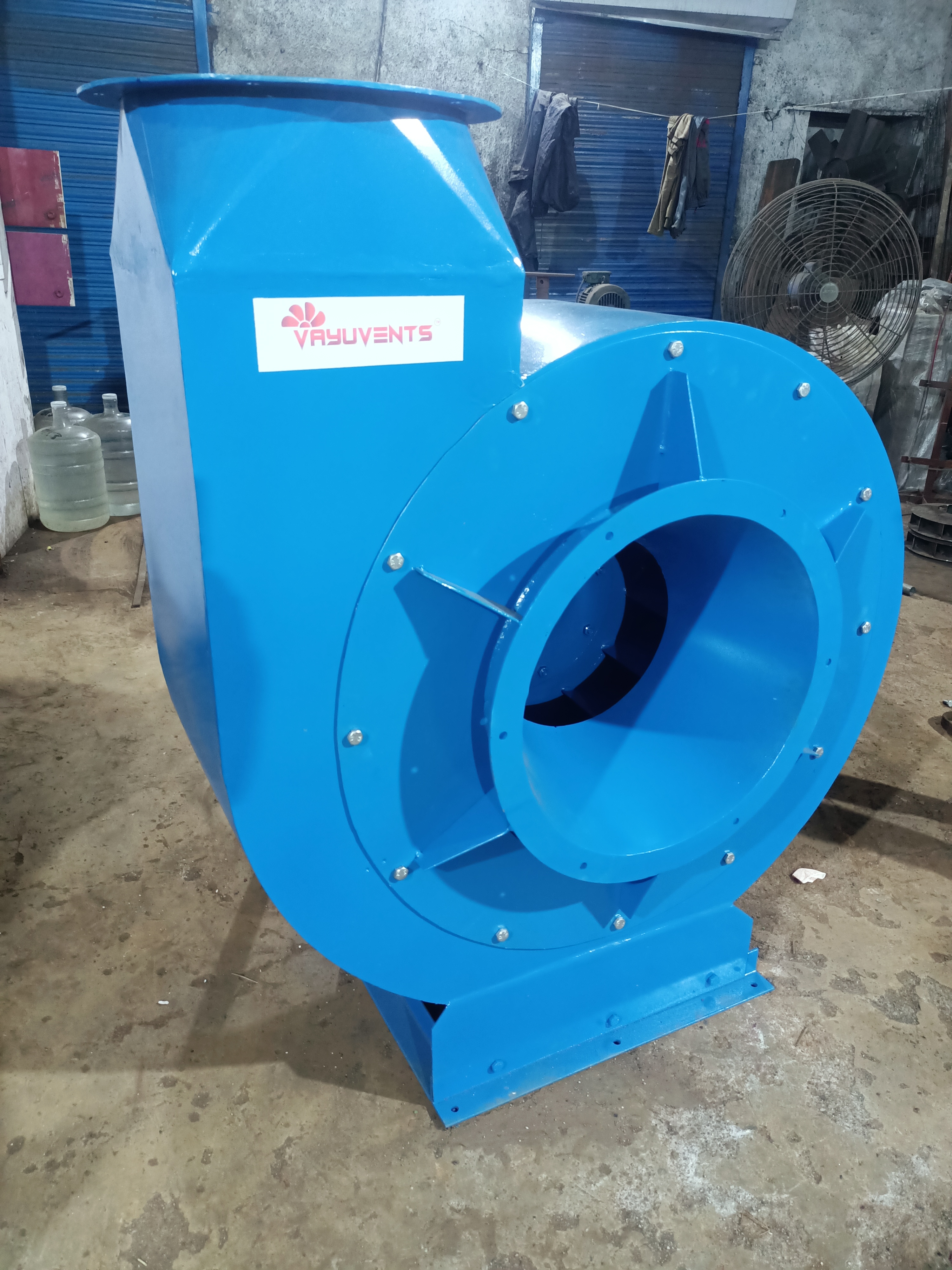A centrifugal blower is a motor or pump that moves air using the centrifugal force created by the rotation of an impeller that pulls air or fluids into the blower and pushes it out through the blower’s outlet. They are made up of an impeller, housing, and drive mechanism, with the impeller being the key element that has a series of blades mounted on a central hub connected to a fan shaft. The drive design of a centrifugal blower, which can be a belt or direct drive, determines the speed at which the impeller rotates. The speed and efficiency of centrifugal blowers make them adaptable to a wide range of applications, including various types of dryers and HVAC systems. The angle of the blades of a centrifugal blower determines its efficiency and effectiveness or how fast it moves air through the system. The three varieties of blade angles are forward curved, backward curved, and radial. In the discussion of centrifugal blowers, the use of the terms blower and fan are used interchangeably. One of the reasons for emphasizing the use of the term blower is to avoid confusing centrifugal blowers with axial fans that move air in an axial or direct path. The most prominent difference between the various types of centrifugal blowers is the angle of their blades, which can be backward curved, forward curved, or radial, where the blades stick straight out from the impeller. Centrifugal blowers are an industrial tool widely used for high-pressure applications and found in processing industries as an essential element in air pollution control systems. An important distinction between centrifugal blowers and other types of blowers or fans is their ability to provide air flow efficiently at a constant pressure.

This is your website preview.
Currently it only shows your basic business info. Start adding relevant business details such as description, images and products or services to gain your customers attention by using Boost 360 android app / iOS App / web portal.


Submit Your Enquiry